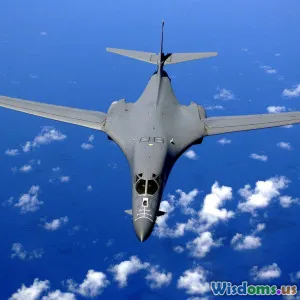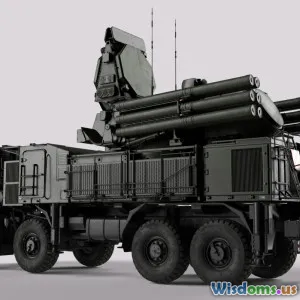
Breaking Down Rocket Artillery Reload Methods Explained
14 min read Explore the various rocket artillery reload methods, comparing manual, semi-automatic, and fully automated systems, with real-world examples and operational insights. (0 Reviews)
Breaking Down Rocket Artillery Reload Methods Explained
Modern rocket artillery stands as one of the most dynamic force multipliers on today’s battlefields. The ability to unleash a sudden, concentrated barrage—and then quickly prepare for another strike—gives armies both offensive power and survivability. But behind these salvos lies an often underappreciated challenge: reloading. Methods for reloading rocket artillery systems have changed dramatically over decades, with each approach balancing combat requirements, crew safety, speed, and technological feasibility.
Let’s delve deep into how rocket artillery reloads work—from squeeze-by-hand techniques, to automated wonders, and everything in between.
Human Muscle and Simple Tools: Early & Manual Reloading
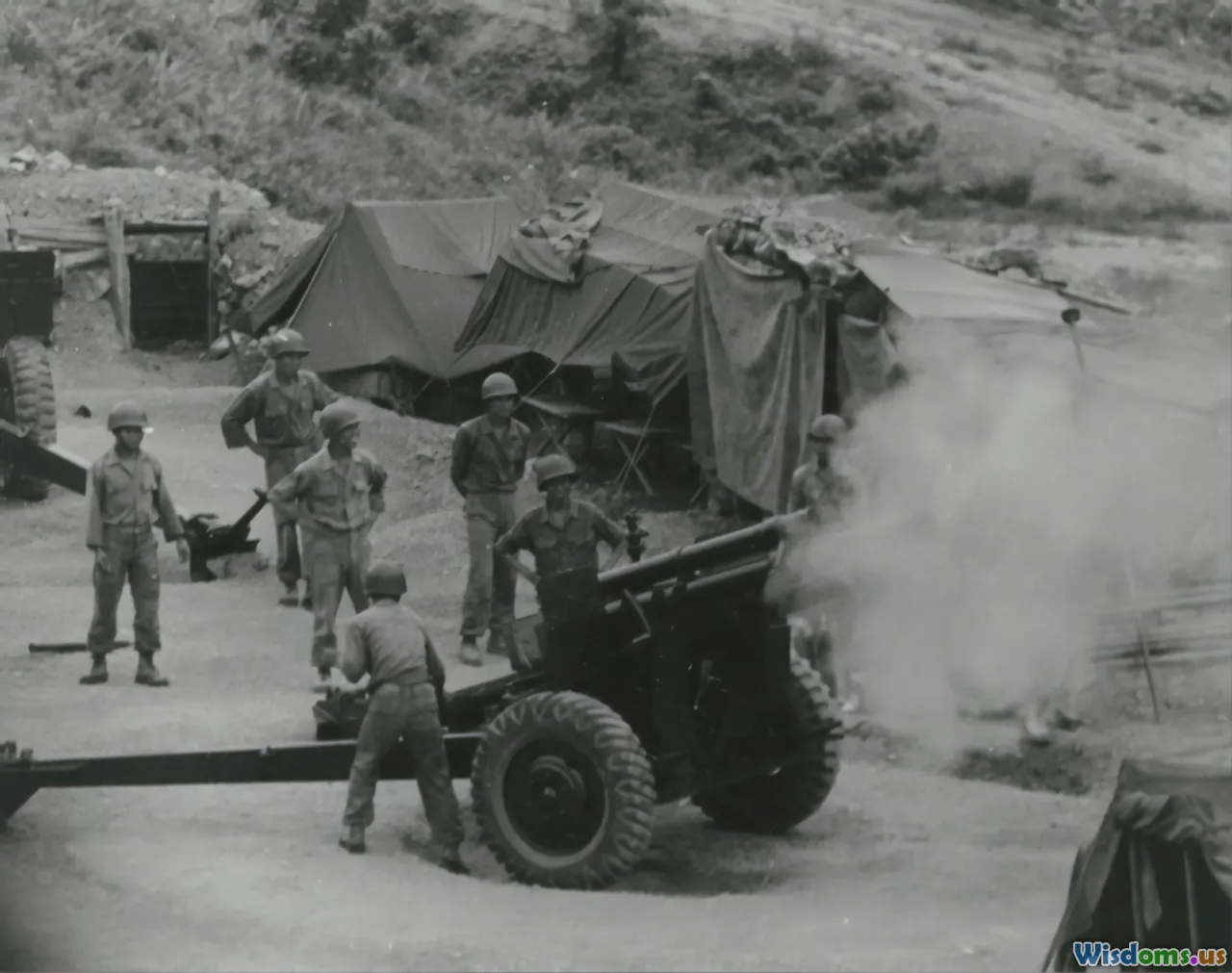
In the earliest forms of modern rocket artillery, such as the famed Soviet Katyusha or Germany's Nebelwerfer during World War II, simplicity was at the forefront. These systems, though revolutionary in delivering massed fire, placed enormous reload burdens on their crews. After a salvo, teams had to scramble over launcher rails, removing spent tubes and manually inserting new rockets.
The Process in Practice:
- Men with Handles: Crews would literally hand-carry each rocket, often exceeding 50 kilograms, across rough terrain or muddy fields.
- Alignment Jigs: Wooden racks, rudimentary hoists, and even rails or ladders helped align rockets with tubes, but accidents happened frequently.
- Exposure: During reloading, crews were exposed on the battlefield—increasing the risk from enemy artillery and aircraft.
Case Study: Katyusha Reloads – A typical Katyusha battery could empty 16 rails in under 10 seconds. Yet, reloading by hand commonly took 1–2 hours, with every movement of the crew visible to spotters. This severe limitation motivated technology improvements in subsequent decades.
Mechanized Aids: The Rise of Cranes, Loaders, and Racks
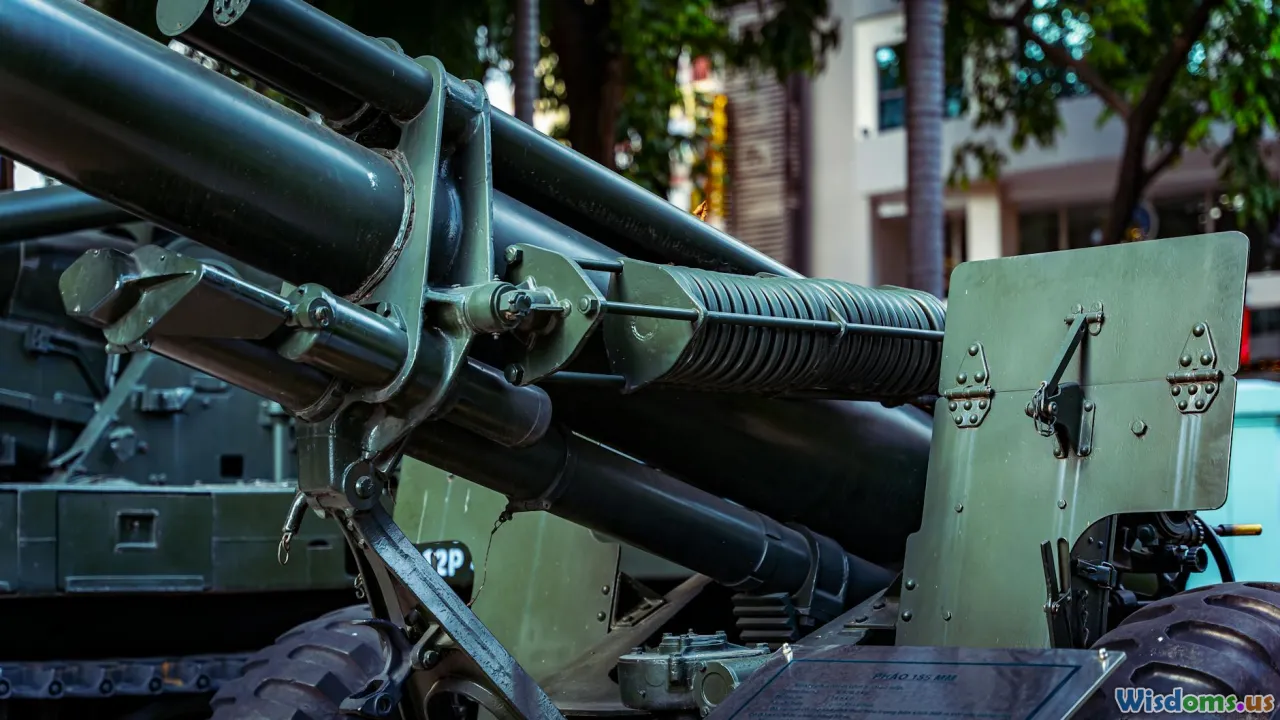
Post-World War II, artillery designers sought to quicken reload times and enhance crew protection. By the 1960s and ‘70s, dedicated mechanized aids started to appear:
- Hydraulic Crane Systems: Vehicles like the Soviet BM-27 Uragan integrated hydraulic arms to lift 220mm rocket pods from resupply trucks onto launchers.
- Prepackaged Pods: Rockets grouped in sealed so-called "reload packs" enabled replacement of whole sets at once, reducing time spent aligning individual munitions.
- Automatic Elevation and Traversing: Launchers could adjust themselves to optimal reloading positions, reducing manual handling.
Crews benefited significantly:
- Faster Reloads: BM-27 crews cut reloads to just 15–20 minutes, despite the huge size and weight of the rockets compared to previous decades.
- Reduced Physical Demands: Hydraulics handled the heavy lifting, slashing injuries and fatigue.
- Safety: Mechanized loading allowed some or even all processes to be conducted from behind armor.
Field Example: Israel’s LAR-160 uses a mechanized crane to swap rocket pods, cutting reload times on a launcher from nearly half an hour to under ten minutes, even under combat stress.
Modern Automation: Automated and Semi-Automated Solutions
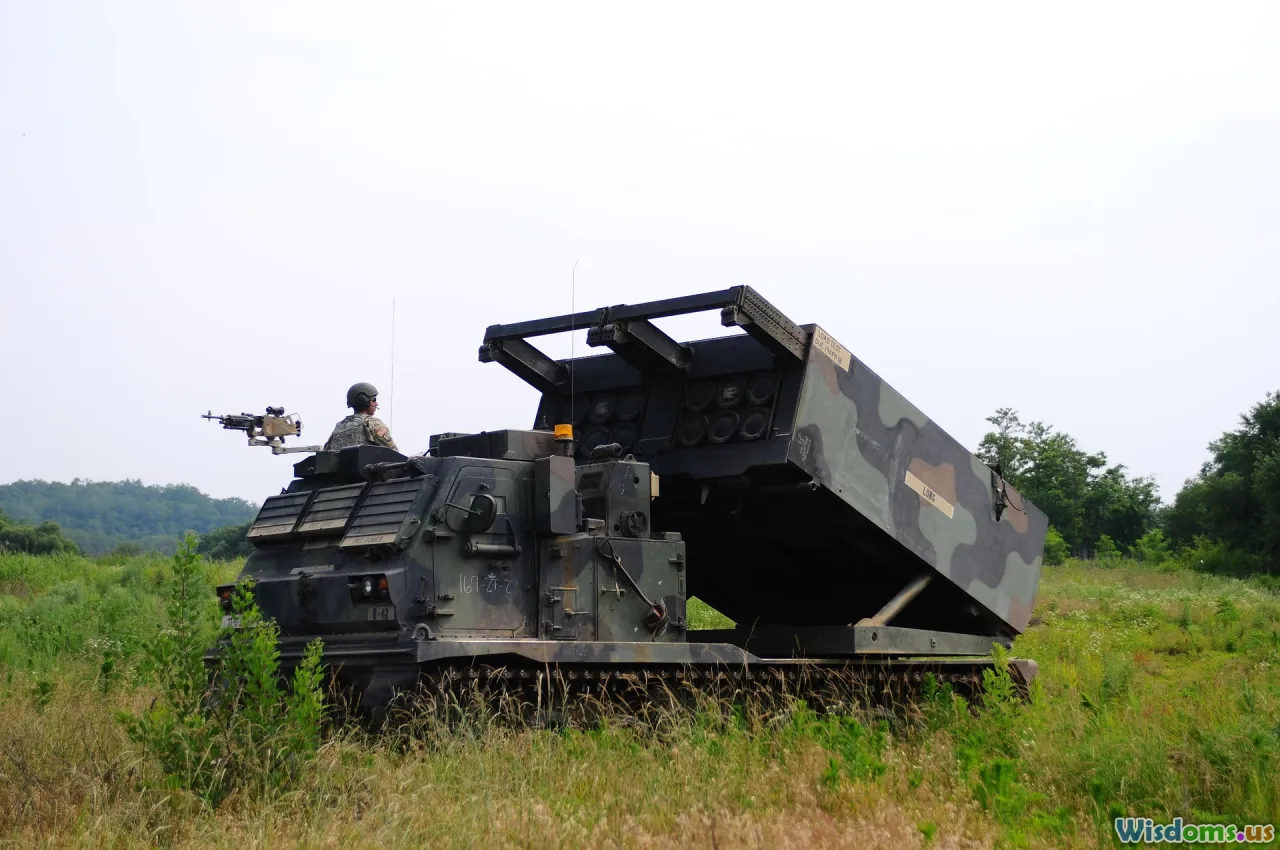
In the era of the M270 Multiple Launch Rocket System (MLRS) and Russian BM-30 Smerch, reloading entered the digital age. Automated and semi-automated methods became prevalent, focused on speed, repeatability, and minimizing crew exposure.
The MLRS Paradigm:
- Modular Rocket Pods: Each pod (called Launch Pod Container, or LPC) is preloaded at depot and can be replaced as a single sealed unit containing up to six missiles.
- Robotic Handling: Onboard hydraulics or robotic arms eject the empty pod and install a fresh one from a supply vehicle, usually under 10 minutes.
- Armored Protection: The entire reloading process occurs inside thick armor; crews remain protected from shrapnel and small-arms fire.
- Digital Integration: Central computers authorize loading, check readiness, and coordinate with logistics vehicles.
Russian Innovations:
- BM-30 Smerch: Utilizes pre-arranged pods and automated posture leveling; logistics vehicles synchronize via radio with firing positions, streamlining operations for rapid redeployment.
Data Point: During recent NATO exercises, trained MLRS crews routinely reloaded and prepared to fire again in under 7 minutes—less time than it takes for hostile counter-battery radar to triangulate and deliver return fire.
Rapid Resupply: The Role of Support Vehicles and Ammunition Modules
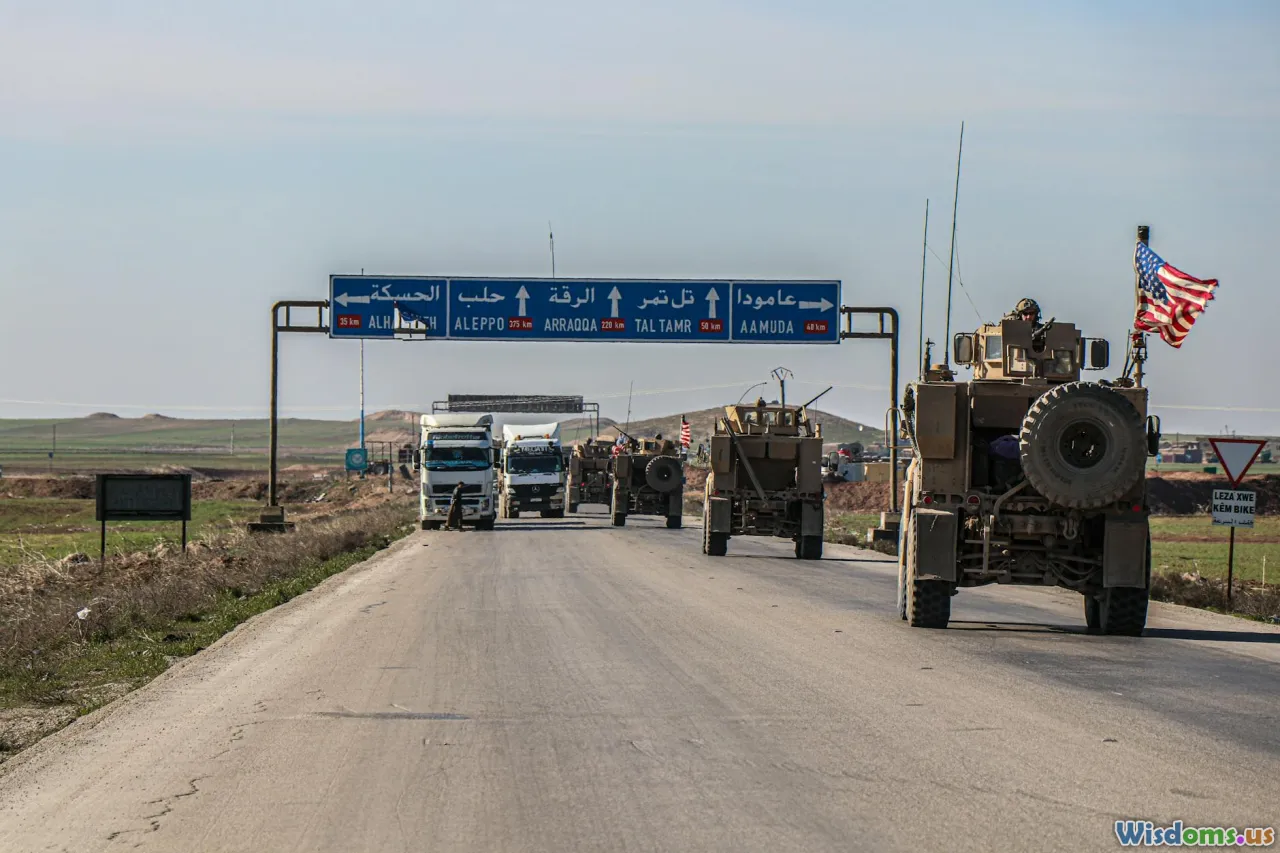
No rocket launcher is faster than its supply chain. Thus, military engineers developed specialized ammunition support vehicles tailored for lightning-quick resupply under fire.
- Dedicated Ammunition Support Vehicles (ASVs): Designed with armored cabs and hydraulic lifts, ASVs carry enough modular pods for rapid reloading of multiple launchers in the field.
- Example: The U.S. M985 HEMTT resupply vehicle, with built-in crane and armor, matches the M270 in both speed and protection.
- Containerization: The use of ISO-standard or custom military containers allows large military exercises to pre-stage reloads, minimizing downtime during high-intensity phases of conflict.
- Self-Loading Systems: Modern launchers like the HIMARS can self-load from ground-stacked pods delivered by trucks, even when logistics troops are separated from artillery units in dispersed battlefield layouts.
Operational Efficiency: In the 2022 Ukraine conflict, HIMARS units achieved formidable sortie rates because their reload operations were tightly coupled with mobile resupply teams, racing against Russian counter-battery capabilities.
Unique Reloading Challenges: Design, Danger, and the Human Factor

Reloading rocket artillery isn’t just about technology—it’s a complex interplay among hardware limitations, battlefield risks, and human skill.
- High-Explosive Hazards: Jostling a high-explosive rocket improperly can be catastrophic. Rigorous safety drills and built-in constraints (blast doors, interlocks) are essential during every reload cycle.
- Environmental Conditions: Mud, dust, rain, and darkness impede both manual and automated reloads, especially in open field conditions where cover is nonexistent or minimal.
- Human Fatigue and Error: Even the fastest systems become slow liabilities when crews are exhausted or new. Retraining and simulation exercises emerged as key elements of modern artillery effectiveness.
Tip for Commanders: Periodic refreshers on proper reload drills—culminating in live loads—sharpen both speed and safety, helping retain combat edge.
Case Studies: Comparing Russia, the US, and Cutting-Edge Innovators
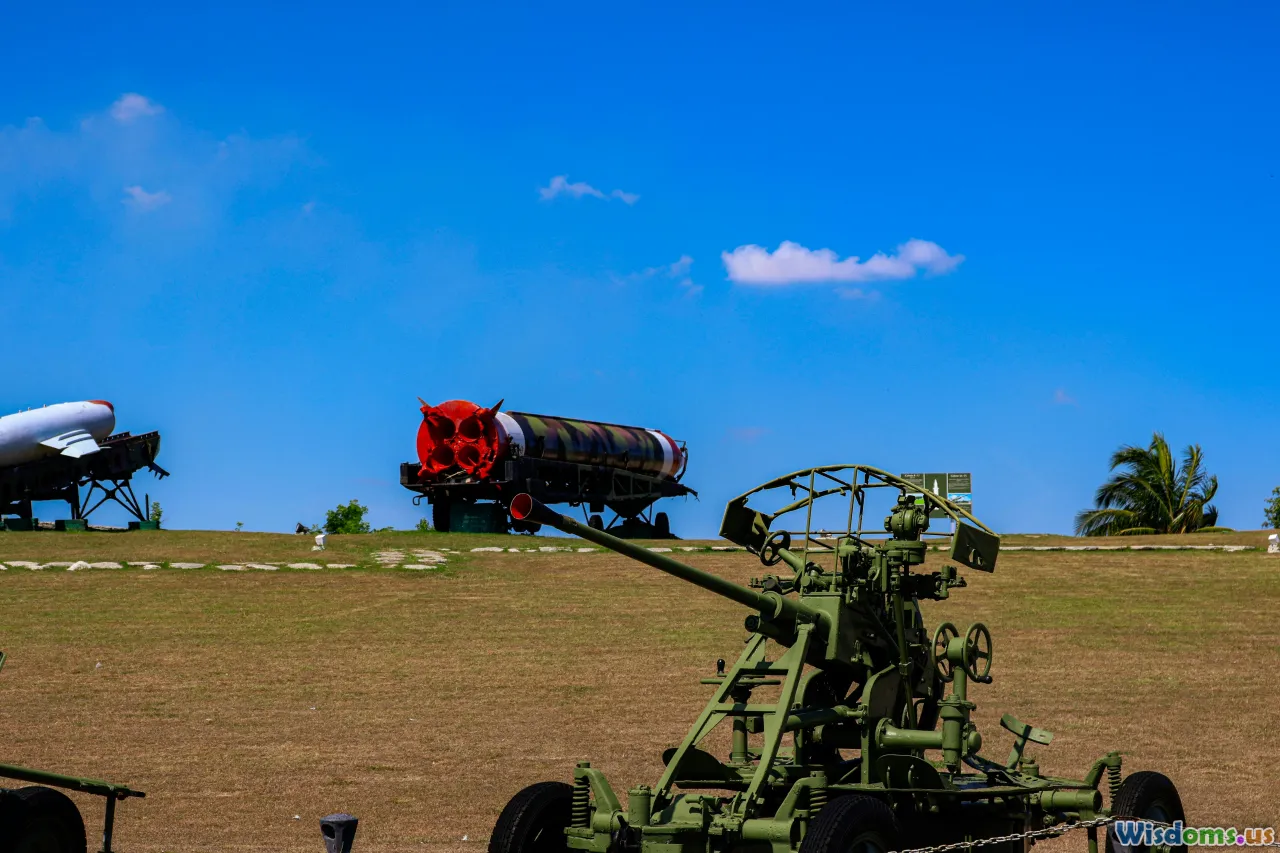
Let’s compare a few iconic systems to illustrate the diversity in reload philosophy:
M270 MLRS (USA/Allies)
- System: Dual modular rocket pods, each holding six rockets or a mix of missiles.
- Reload Method: Automated loader swaps pods with crew inside, using crane built into the vehicle.
- Reload Time: 5–10 minutes, largely under armor.
BM-21 Grad (Russia)
- System: 40 single 122mm tubes on a truck; each rocket loaded one by one.
- Reload Method: Manual, use of ladders, heavy physical labor, partial cover available.
- Reload Time: 20–30 minutes; physically intense, high exposure.
PULS (Israel)
- System: Modular launcher able to fire rockets and missiles of various calibers.
- Reload Method: Rapid pod replacement, leveraging third-generation mechanized cranes and computer checks.
- Reload Time: 7–15 minutes, with limited crew exposure.
TOS-1A (Russia)
- System: Heavy flamethrower/thermobaric rocket launcher.
- Reload Method: Specialized reloader vehicle aligns and swaps 24-rocket assemblies.
- Reload Time: 20–24 minutes; very substantial logistics footprint, but protects crew.
Organizations tailor reloading approaches to doctrine, strategic intent, and geography. Heavy manual systems are cheap and easy to build but put people at risk. Automated systems cost more up front yet pay off rapidly under fire.
Future Horizons: Robotics, Drones, and AI-Powered Reloading

The next leap in rocket artillery reloads will likely reflect rapid advances in robotics and artificial intelligence. Imagine the battlefield of the 2030s:
- Fully Robotic Ammunition Handlers: Unmanned armed vehicles—already prototyped in China and the U.S.—could autonomously deliver and load replacement pods, making frontline artillery nearly continuous in its fire and relocation.
- Drones as Rapid Couriers: HEAVY-LIFT multicopters could ferry urgent reloads over rough terrain inaccessible to trucks—particularly valuable for insurgent fighters or in peer-to-peer high-intensity conflict.
- AI Logistics Management: Algorithms dynamically track pod inventories, resupply vehicle locations, and anticipated fire missions in real-time, assigning assets for predictive reloading that minimizes cooldowns.
Trend Watch: In South Korea, Hyundai Rotem and Hanwha Defense are investing in armored, AI-enabled resupply platforms to keep rocket batteries firing even under contested skies.
Practical Tips: Maximizing Reload Efficiency in Combat
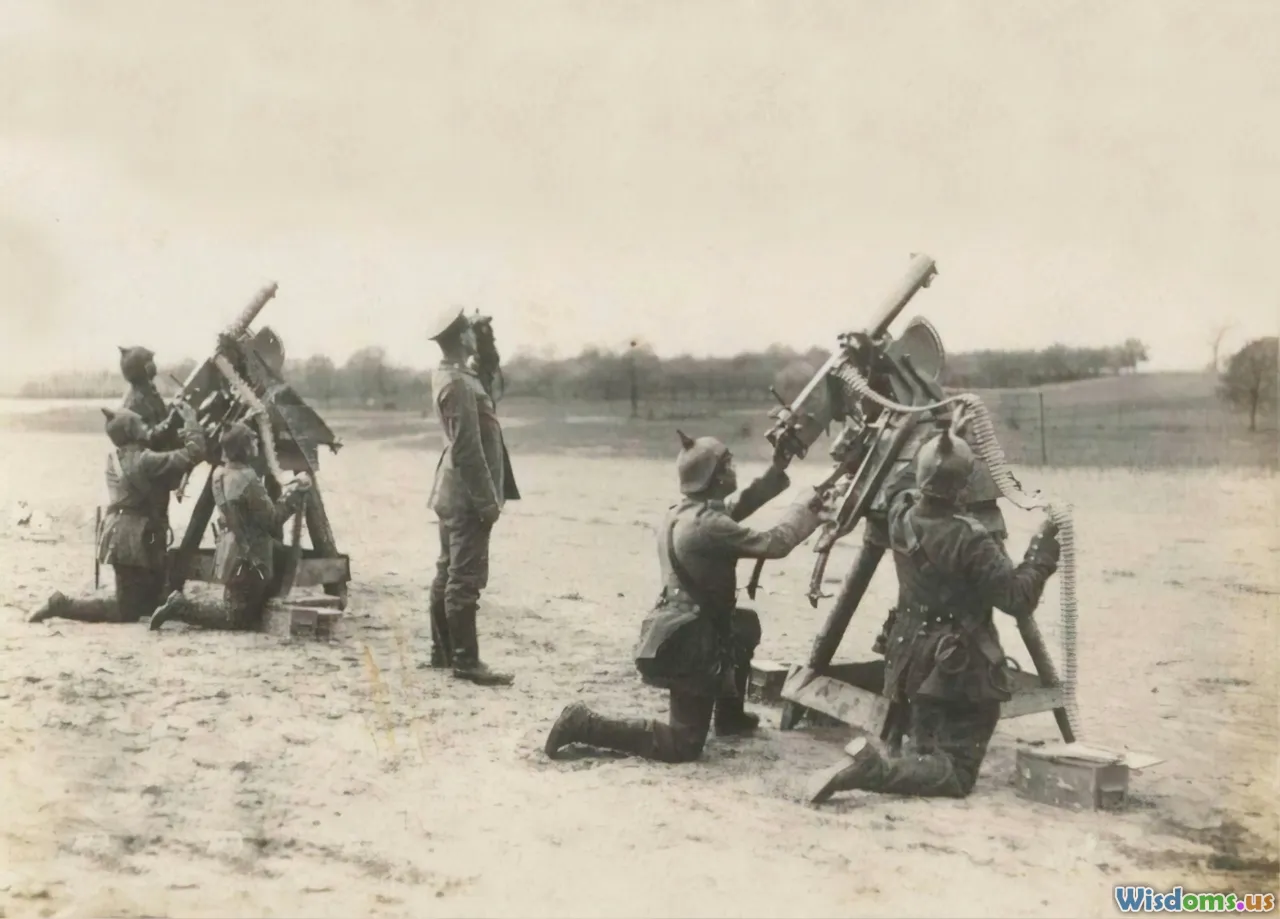
For artillery professionals and planners, here are actionable principles to drive reload speed and reliability on modern battlefields:
- Integrate Training: Conduct under-fire reload drills—use simulation for both manual and automated systems.
- Pair Logistics in Formation: Maintain proximity between frontline launchers and ammunition support vehicles, including decentralized resupply caches.
- Prestage Stock: During pauses or lull in combat, use the opportunity to position reload pods and set up protected resupply zones.
- Elevate Maintenance Pace: Regularly inspect all hydraulic, crane, and robotic parts to prevent jams during action.
- Supplement with Data: Exploit digital C2 solutions to forecast when and where reloads will be needed, responding dynamically to changes in enemy pressure.
Many high-tech armies couple all of the above with robust psychological training, so that even when automation fails, their crews can reliably revert to safe, swift manual reloads.
Reloading rocket artillery has evolved from an exposed, painstaking ordeal to a swift, technologically-aided, semi-autonomous process. The continual arms race between offense and defense, firepower and counter-battery, underscores how vital reload speed and safety are for modern armies. As new materials, AI, and robotics transform warfighting logistics, one thing remains unchanged: an artillery battery is only as effective as its ability to get ready and fire again when it matters most.
Rate the Post
User Reviews
Other posts in Artillery Systems
Popular Posts














